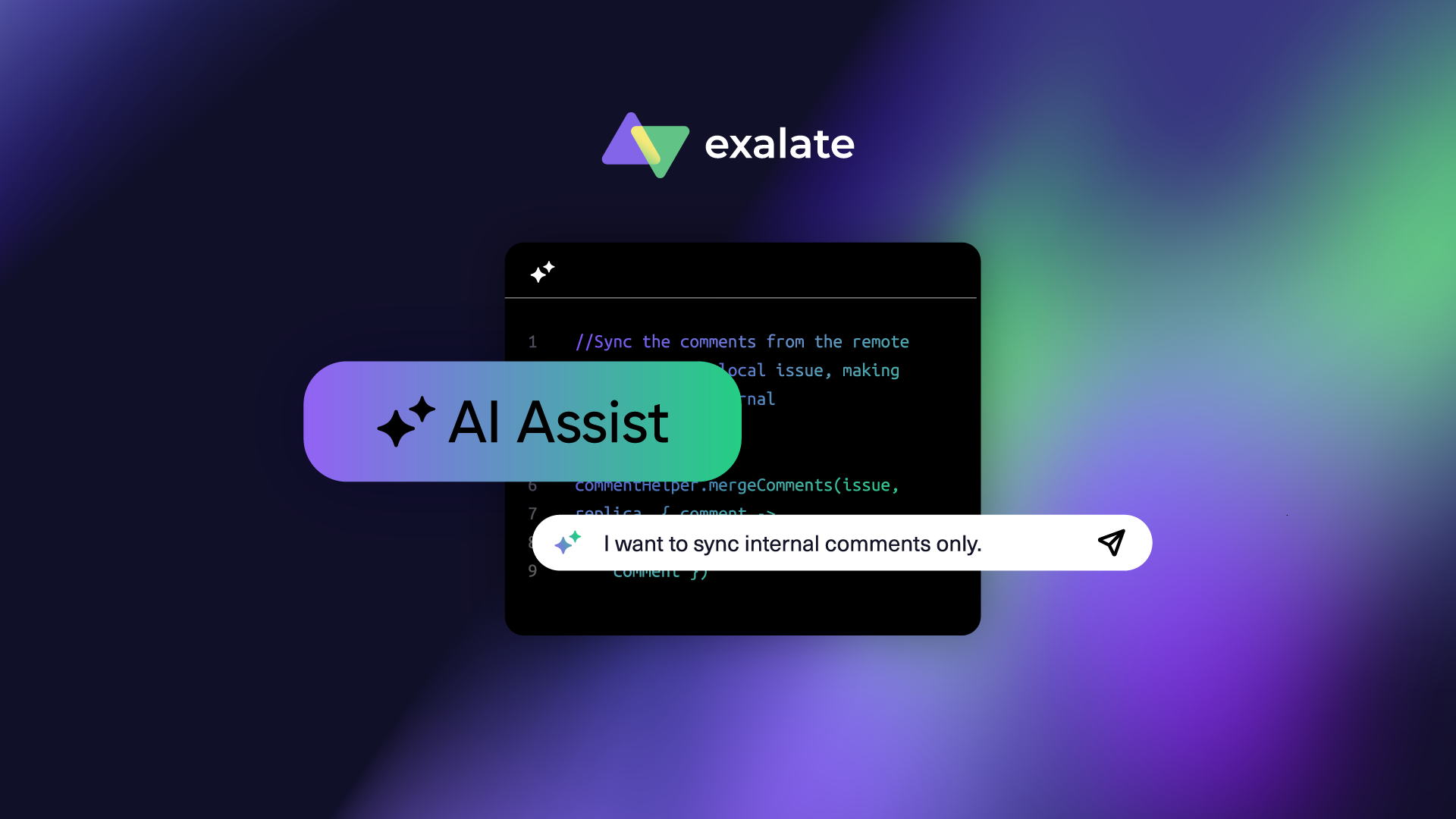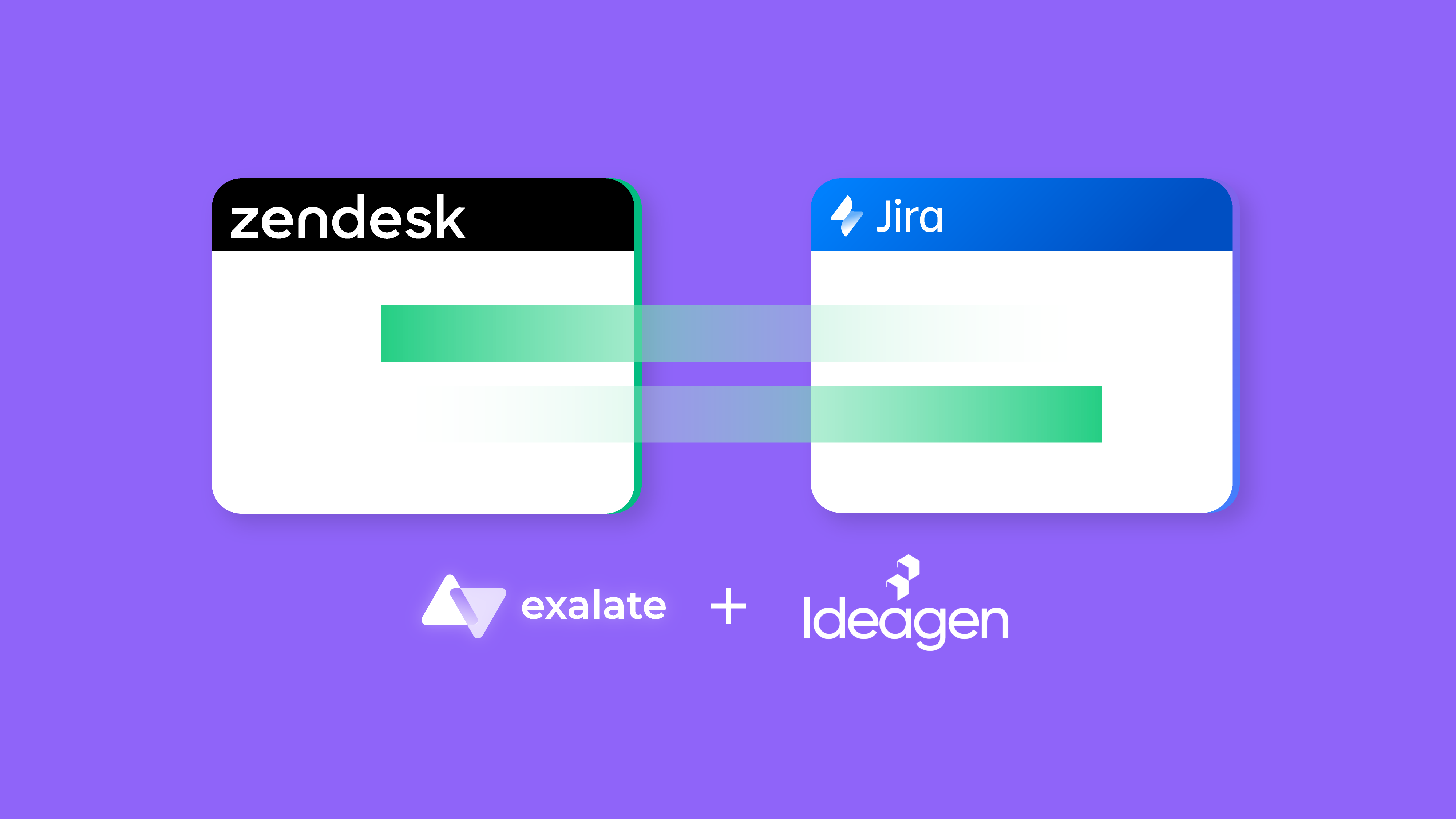What do SIAM and ServiceNow have in common?
At first blush, it would appear there isn’t much that bonds these two together. After all, ServiceNow is a platform focused on delivering digital workflows to unlock productivity.
SIAM (service integration and management), on the other hand, is an approach to multi-service integration across several different service providers so organizations can maintain insight and control over their coordinated service delivery outcomes.
But look closely and some threads of commonality begin to appear.
For instance, ServiceNow allows employees, customers, and creators to route work effectively through an enterprise. Similarly, SIAM is a framework designed to create a unified customer experience by transparently integrating suppliers and third-party vendors in a well-managed, end-to-end service level performance model.
Combined together, both can create a symphony of harmony and operational efficiency.
This is because ServiceNow specializes in building powerful workflows and so it can facilitate seamless customer experience by managing service delivery via a SIAM architectural model.
Therefore, ServiceNow’s digital workflows can become a crucial part of an organization’s SIAM model, especially in a modern economy increasingly fuelled by online activities.
According to Forbes, ServiceNow started out as an IT service management company but has grown beyond ITSM to incorporate areas like customer service management and IT asset management.

Thus, ServiceNow is deeply rooted in ITSM, which we’ll explore from the perspective of building around a SIAM model.
So, in this article, we’ll examine SIAM and how it’s increasingly relevant today, and how ServiceNow can help organizations operationalize their SIAM models.
Here’s what we cover in this article:
- What is SIAM and How is it Relevant to Today’s Service Delivery?
- How does SIAM facilitate key service operations of an organization?
- How does ServiceNow work with SIAM and facilitate ITSM?
- ServiceNow User Types
- ServiceNow Service provider reference architecture for SIAM
What is SIAM and How is it Relevant to Today’s Service Delivery?
SIAM (service integration and management) enables the collaboration of multiple service providers to deliver value to customers through an effective and efficient service mechanism.
SIAM provides control, governance, and integration of service management across different service providers that need to be coordinated in order to deliver service outcomes.
Ultimately, SIAM ensures organizations can maintain and improve on a range of consistent services even when the suppliers and/or technology underlying these services are changed.
SIAM is especially relevant in today’s complex business climate because it addresses or alleviates the following pain points:
- Poor architectural integration
- Lack of innovation
- Juggling several costly change requests
- Navigating contractual constraints that hinder agility
- Finger-pointing and blame culture between multiple internal and external vendors
- Lack of understanding or transparency of end-to-end service level performance
- The quest for cost-reduction and simpler integration, especially when the same systems are used by vendors
How does SIAM Facilitate Key Service Operations of an Organization?
SIAM facilitates the successful operation of companies in a multi-supplier environment by providing a framework in which service providers can operate safely and effectively. Most organizations that benefit from SIAM are typically those with a significant number of suppliers with whom they have to interact with.
Ultimately, SIAM helps these organizations realize the full value of engaging with multiple service providers to deliver value.
How to Get the Best from SIAM?
To get the best of SIAM from an operational standpoint, an organization needs to do the following:
- Set clearly defined requirements for both critical and non-critical services.
For instance, requirements should delineate whether non-critical services should be supported in-house, or whether an integrated model option be preferred for mission-critical services. - Focus is shifted from a supplier’s commercial perspective to service integration arrangements based on service agreements, performance, and availability.
- A huge emphasis and focus on interoperability to facilitate seamless workflow, service arrangement, and performance.
How does ServiceNow Work with SIAM and Facilitate ITSM?
ServiceNow is in the business of IT service delivery using digital workflows. Therefore, ServiceNow shares a kindred spirit with ITSM.
ITSM touches on the actual practice of managing IT operational services. This management of end-to-end delivery of IT services requires a set of workflows to handle incidents, service requests, problems, and changes. And these can be performed through ITSM platforms such as ServiceNow.
However, each organization has to consciously make strategic decisions on how it should set up, streamline, and embark upon its ITSM operations. This is where ITIL comes in.
ITIL provides a framework of best practices to guide how to set up ITSM in an organization. ITIL isn’t organization-specific but allows companies to establish a baseline from which they can implement value-laden processes and procedures to deliver IT services.
ServiceNow is an ITSM tool based on the ITIL v3.0 framework. In fact, ServiceNow is arguably the leading digital workflow platform for ITSM. Moreover, ServiceNow allows you to deliver ITSM on a single platform with the cloud.
In an earlier article, we discussed how the SIAM operational models work. ServiceNow helps organizations with the challenging task of operationalizing how SIAM works in IT delivery.
The essential role ServiceNow plays with SIAM revolves around its ability to provide a platform that enables streamlined integration of the main processes in ITIL; namely, to optimize change, problem, incident, and request management.
ServiceNow is compliant with and supports ITIL v3 processes out of the box. ServiceNow’s ITSM solution gives you the flexibility to scale your operations through the following features:
Incident Management
At the core of incident management is the ability to restore any disruption caused in the IT service. In that vein, ServiceNow’s incident management provides the ability to resolve issues and restore services promptly.
Features of ServiceNow’s Incident Management
- Major incident management: ServiceNow provides tested practice workflows to detect, identify, and ultimately resolve very impactful incidents
- Single-pane agent view: While ServiceNow provides an intuitive omnichannel experience, it enables agents to view everything in one place with a streamlined interface
- AI-powered insight: Enables fast and quick resolution of incidents with AI recommendations
- Omni-channel notifications: Users can submit incidents through various means, which enhances mean time to resolution (MTTR)
- Incident response playbook: Restore services quickly by bringing together the right agents aided by a task-oriented view of incident resolution workflows
As a ticketing system, ServiceNow helps identify, analyze, and restore services quickly with intelligent routing and built-in collaboration.
Problem Management
Instead of solving recurring problems like incident management, problem management aims to provide a permanent root cause for a recurring incident. In addition to preventing problems from arising at all, ServiceNow’s problem management attempts to minimize the impact of unexpected service disruption by finding and fixing issues.
Features of ServiceNow’s Problem Management
- Provides a single system of record: One place to discover and address the impact of issues and potential pain point failures.
- Contextual knowledge and information: Accessible solutions and workarounds to problems, along with automated notifications to increase collaboration and transparency.
- Reports and dashboards: Operational transparency with reports, along with built-in dashboards to minimize disruptions and proactively analyze service performance.
- Remediation plans: Eliminate recurring incidents by integrating current problems with other ITSM processes to reduce future disruptions, thereby stopping them at the source.
Change Management
IT systems experience strategic, tactical, and operational changes throughout the lifecycle of their IT services. Change management is a process focused on allowing organizations to control and roll out change requests easily throughout their IT infrastructure.
ServiceNow helps you navigate complex change management processes with the aid of automation and built-in AI. This helps enterprises minimize risk, failure, and disruption of IT services while also simplifying the process and reducing costs.
Features of ServiceNow’s Change Management
- Change success score: Uses a numeric score to allow you to evaluate the probability for success of a change request, and to automate approvals for low-level, low-risk changes.
- Multimodal change: ServiceNow provides out-of-the-box templates, which allow managers to make every change lifecycle and activity to fit specific use cases.
- Risk intelligence: Risk classification criteria provide data-driven predictions using machine learning algorithms. This accelerates dynamic change approval policies.
- Display of concurrent change management: ServiceNow allows you to view planned changes, displaying maintenance schedules and blackouts, along with an interactive timeline character.
In addition, ServiceNow provides a single system of record to facilitate the tracking of changes, performance, and delivery.
Request Management
People often confuse change management and request management but the two aren’t similar. Change management involves the changes that alter or disrupt the current state of the IT infrastructure or business environment. While change management tends to be macro in nature, request management is much more limited.
Service request management allows IT teams to quickly and effectively fulfill customers’ requests. These are usually for day-to-day things users or customers need to do their jobs (passwords, group changes, permissions, and so on).
Features of ServiceNow’s Request Management
- Chat embedded portals: Most requests for services occur because users don’t know how to obtain solutions. ServiceNow’s chatbots provide users with answers 24/7 through keyword search.
- Service catalog and builder: ServiceNow provides a visually guided interface that makes products and services discoverable through self-service.
- Mobile-friendly, single-pane view: Agents are provided with a one-stop place on the go to respond to users’ needs via the Service Catalog.
- Increased productivity: ServiceNow provides automation and AI to resolve simpler, common issues, thereby allowing IT staff to focus on more complex requests.
In a nutshell, ServiceNow provides foundational service operations in which all involved parties can fully engage, to ensure process needs are met for all services.
How to implement next-level SIAM with ServiceNow
Before you can implement next-level SIAM in your organization with ServiceNow, you first need to define your SIAM model.
In the process of defining this SIAM model for your organization, you’ll need to identify where the overall ServiceNow capabilities support and fit in your model.
These are the key implementation steps to follow:
- Preparation: At this stage, you need to set your goals for SIAM’s vision and outcomes. A lot of collaboration, brainstorming, and cross-pollination of ideas needs to occur at this point for successful outcomes at subsequent stages.
- Design and build:
- Here, the SIAM model is designed along with the strategy needed to execute it.
- SIAM is operationalized with ServiceNow’s workflow.
- Implement and expand:
- The pilot phase is necessary for the organization to get its feet wet in the process and work out the kinks. This also involves earning support and buy-in for the case to fully implement SIAM.
- The implementation phase involves rolling out the SIAM model and expanding it to all services in the organization
The design and build phase includes operationalizing SIAM with ServiceNow. ServiceNow recommends that SIAM be supported with the following product capabilities:
- ServiceNow ITSM: With its suite of ITSM products, ServiceNow allows you to coordinate and consolidate some of the processes we highlighted earlier (incident, change request, and problem management). By consolidating data and processes together, ServiceNow ensures the following:
- Consistent operations across the service provider environment
- Simplified communications across service providers and groups
- ServiceNow CMDB: This configuration database provides a data repository to store the IT assets in your environment. It then provides you with full visibility as a foundational system of record. With CMDB, you can conveniently coordinate and manage service operations across the provider environment.
- Service portfolio management: This feature allows organizations to improve their IT operations and meet customers’ demands more effectively. In the process, they can use the service portfolio management to cultivate an in-depth understanding of the type of services to deliver and the dependencies required to do so across services. It consequently helps an organization to manage vendors by their value and not by their task or contract level.
ServiceNow User Types
Before you can successfully implement SIAM with ServiceNow, you need to understand its deal structure, especially with regard to user types and licensing models.
There are several users who use the ServiceNow instance. However, as a system to track and route service requests, we’ll be concentrating on two roles:
Requestors
A requester is someone who asks for work to be done. These are “free of cost” users who can submit requests to the Service portal but only have create and read access.
Fulfillers
On the other hand, a fulfiller is a person who does the work requested. As a result, they have read and write access, including the ability to approve or reject the proposal. These are paid users with access to the Standard UI of Servicenow, such as ITIL, ITIL admin, and Change Manager features.
In short, fulfillers can complete an IT service request.
ServiceNow Service provider Reference Architecture for SIAM
ServiceNow is designed so service providers can use its shared instances to effectively manage service delivery. Therefore, ServiceNow provides a service provider (SP) architecture that organizations can leverage to integrate services for a unified customer experience.
Its SP architecture draws inspiration from attributes of SIAM’s architecture. ServiceNow allows customers to access its service provider (SP) services through a portal. This portal is designed to help customers to access their SP domain-separated instance.
Here are the basic attributes of ServiceNow’s service provider reference architecture:
- Provides customers access to their SP services through a dedicated or shared portal
- This portal is designed for them to reach their SP domain-separated instance
- ServiceNow allows you to share and leverage administration tools, which enables you to optimize licenses and eliminate overhead
- Separate administrative and dedicated teams are required for dedicated instances
- However, every dedicated instance is only permitted to have a finite number of fulfillers and requesters.
- Hybrid architecture is optionally provided for customized solutions.
ServiceNow’s SP reference architecture has several components, but we’ll focus mainly on its SIAM (multi-vendor) facet:
- Service Integration: SIAM provides a service integration layer to encourage an integrated customer experience. This can be facilitated using SP architecture, which is geared to offer multiple best-in-class service providers for individual services. However, it emphasizes that key operational data be shared across multiple service providers.
- Multi-supplier governance: This ServiceNow SIAM model makes sure that all of the organization’s requirements are met across all service providers. This unified governance approach also requires service providers to cooperate on behalf of the customer.
Final Thoughts
There are several advantages of choosing ServiceNow to implement SIAM. It automatically injects ITIL best practices into your operational activities. ServiceNow also helps enterprise customers improve IT service quality while reducing ITSM long-term costs.
ServiceNow’s workflows and architecture provide ready-made templates for a SIAM model implementation. This is especially so if you are already using the platform to manage “internal suppliers”. Hence, there’ll be minimal effort to incorporate external suppliers and take advantage of ServiceNow’s immense powers and capabilities.
Recommended Reads:








